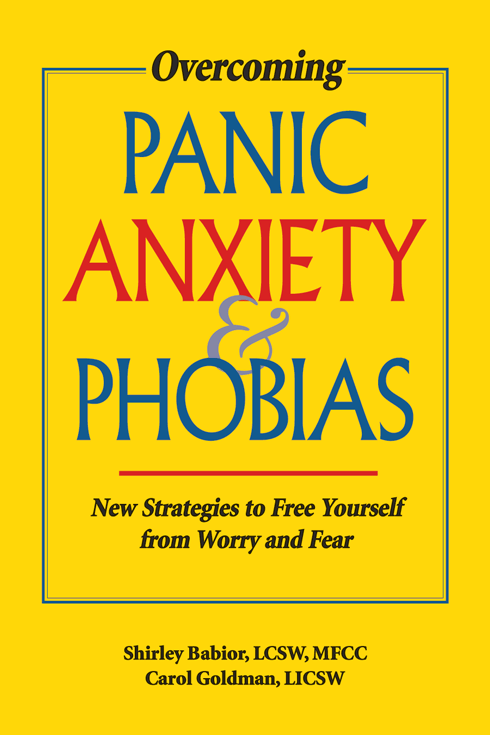 Think of anxiety on a continuum from very mild to very severe. In its milder state, anxiety can enhance your life. In key moments, it can make you sharper, more energized, and more effective. In cases of real danger, extreme anxiety can make the difference between your safety and disaster. Your anxiety is serving you well if it is in response to a real threat. Once you can tell the difference between useful anxiety, which leads to effective action in the face of a real threat, and excessive anxiety in the absence of real danger, you will be well along your road to recovery.
Think of anxiety on a continuum from very mild to very severe. In its milder state, anxiety can enhance your life. In key moments, it can make you sharper, more energized, and more effective. In cases of real danger, extreme anxiety can make the difference between your safety and disaster. Your anxiety is serving you well if it is in response to a real threat. Once you can tell the difference between useful anxiety, which leads to effective action in the face of a real threat, and excessive anxiety in the absence of real danger, you will be well along your road to recovery.
Let’s begin by understanding the worry and panic cycles and their roles in maintaining your anxiety. When you understand them, you can begin to find ways of breaking the cycles.
• The worry cycle often begins with a concern that something you fear is going to happen. Events in your life may have taught you to be on guard and to strive for control. Most anxiety sufferers are consumed with worry about what might happen next, continually asking themselves, “what if … ?” This anxious apprehension may become worse as you begin to constantly monitor whatever concerns you. In fact, for some people, the anxiety caused by the anticipation of danger is much worse than the anxiety they actually feel in a feared situation.
• As you start to worry, you may also notice uncomfortable physical sensations. Research has shown that people who experience excessive worry may actually be biologically predisposed to easily develop the physical signs of anxiety. Some times the worry cycle starts with these physical sensations. Of course, these reactions will, in fact, increase your anxiety. You may feel tense and find it hard to concentrate. Your thoughts and physical sensations may interrupt your ability to focus at the task at hand.
• And finally, you feel extremely anxious. Until you find ways to break the cycle, you can go around and around: the thoughts or images, the physical sensations, and the anxious behaviors increasing each time. One worry may follow on the heels of another, and the worry cycle can take over your life.
–Overcoming Panic, Anxiety & Phobias, pp. 11-12
